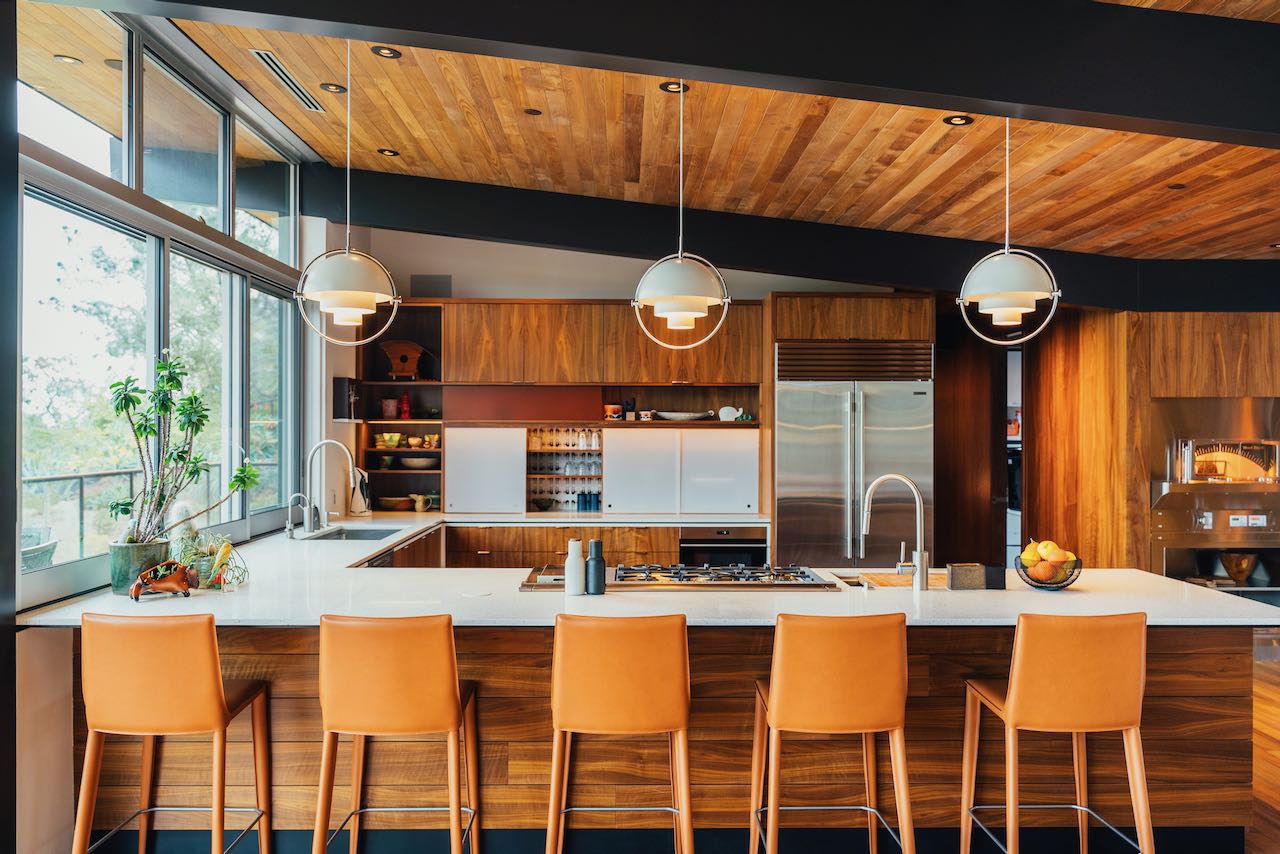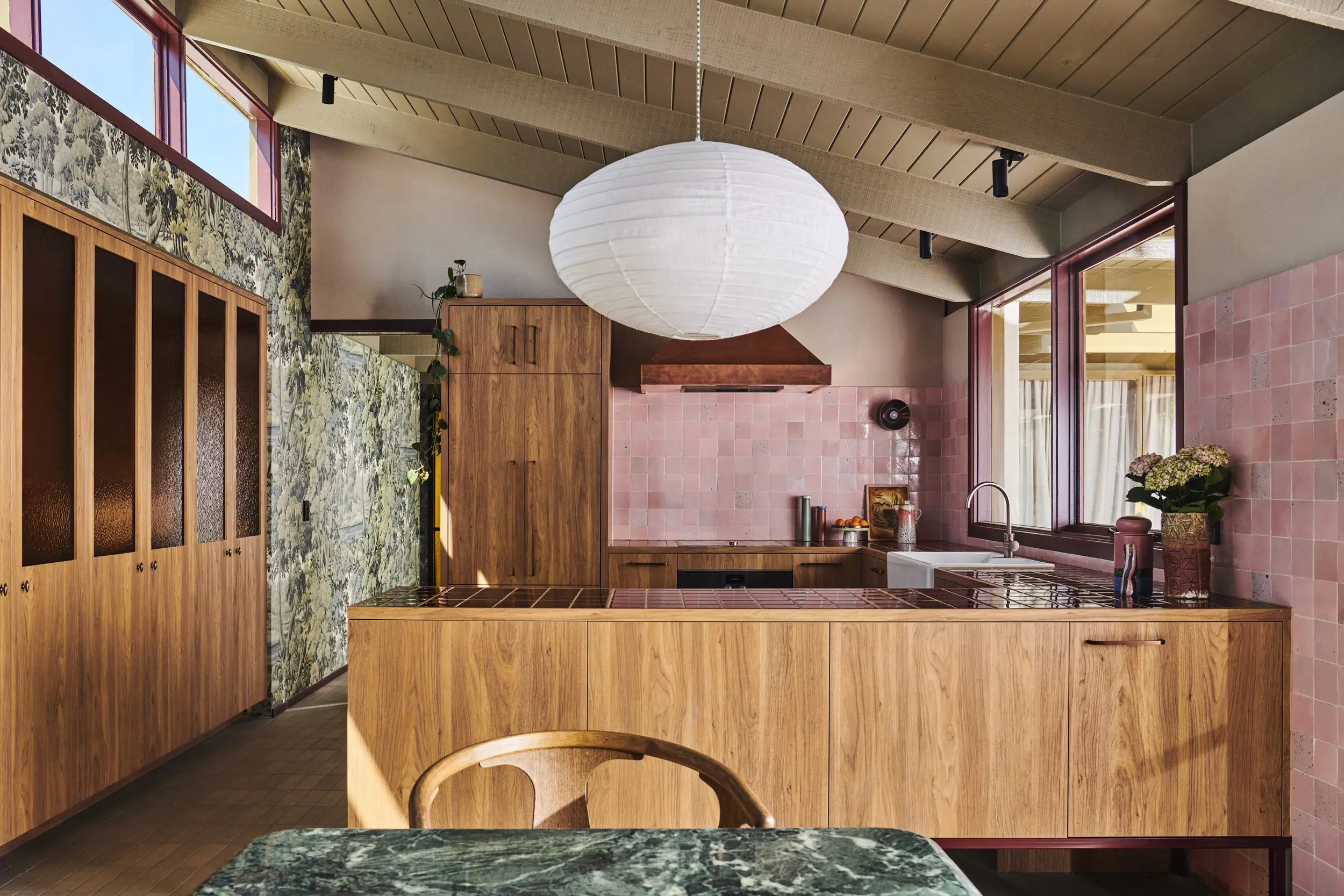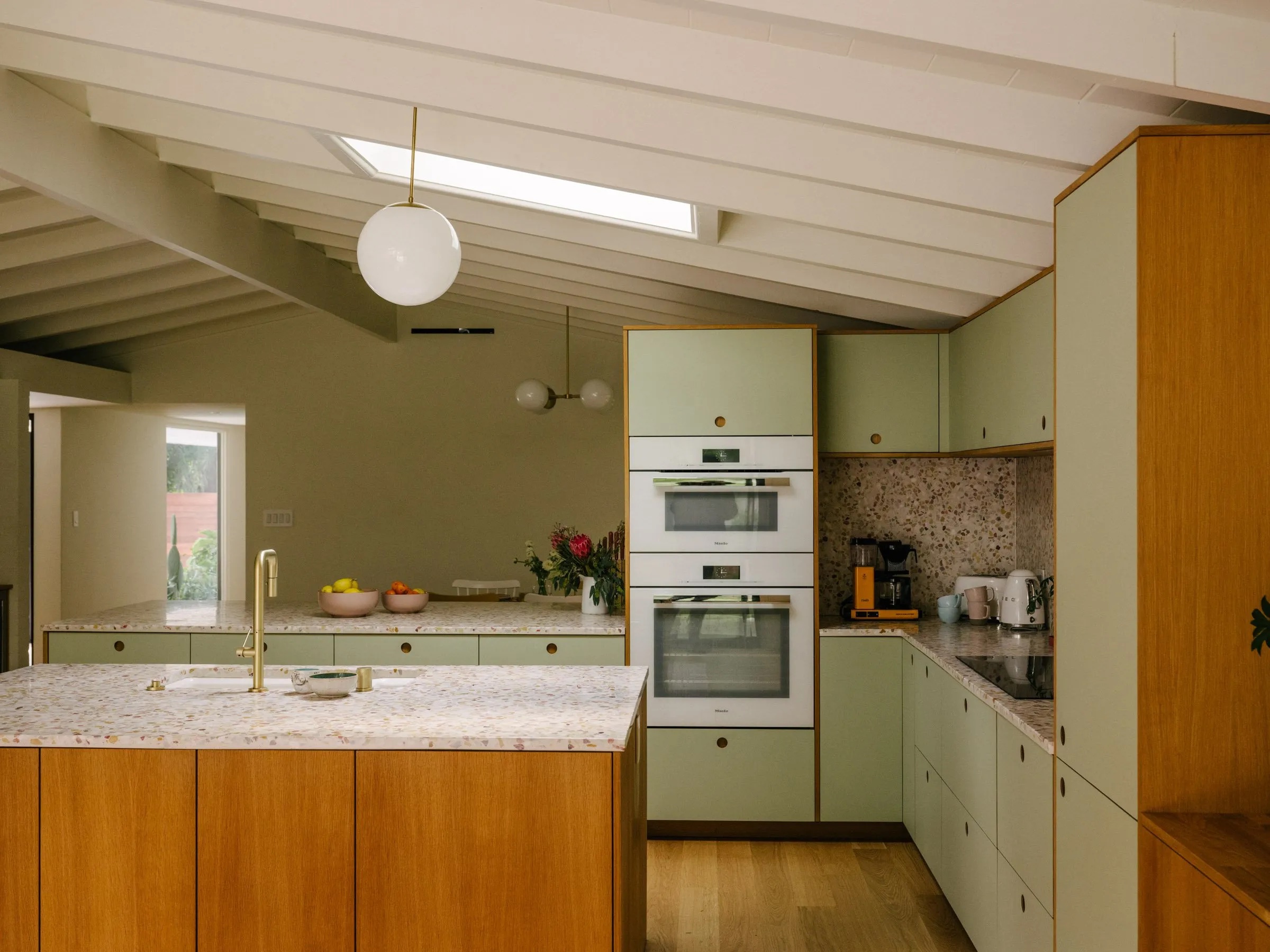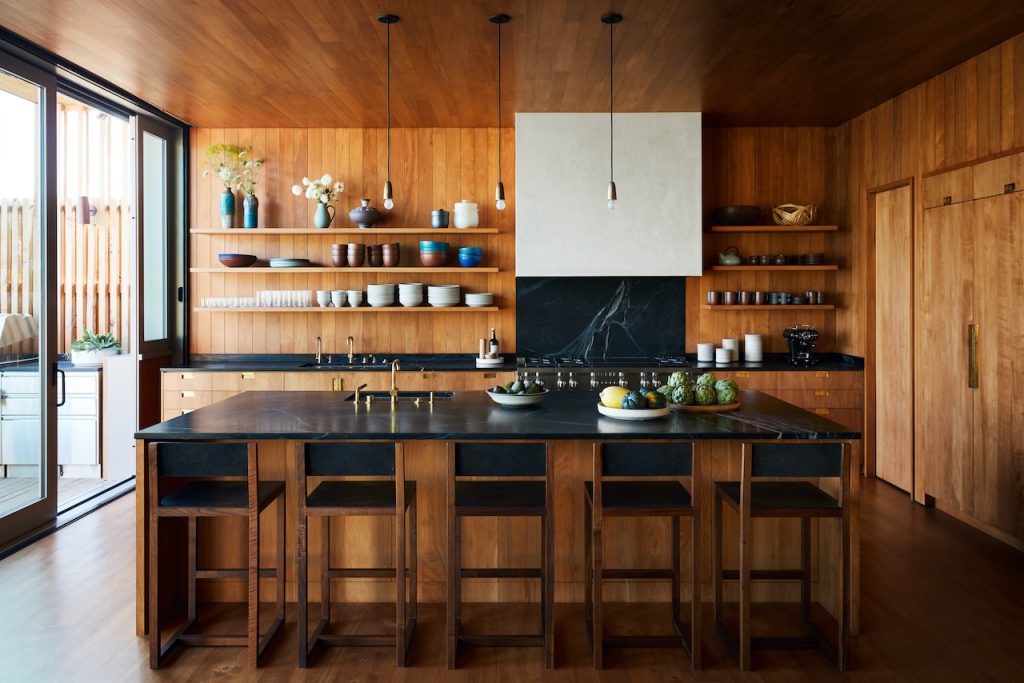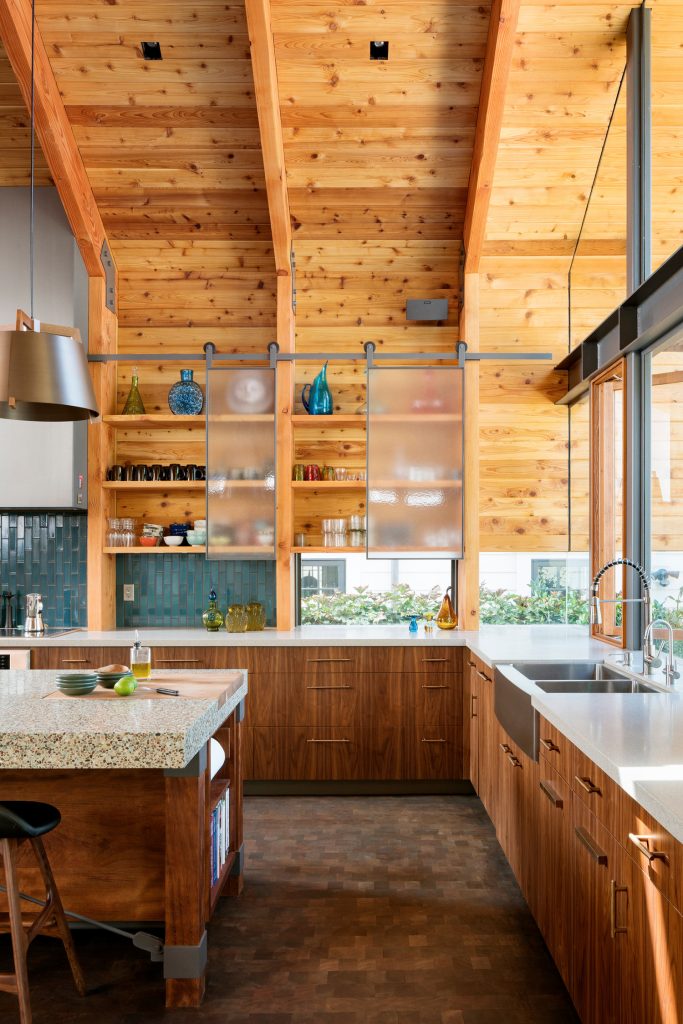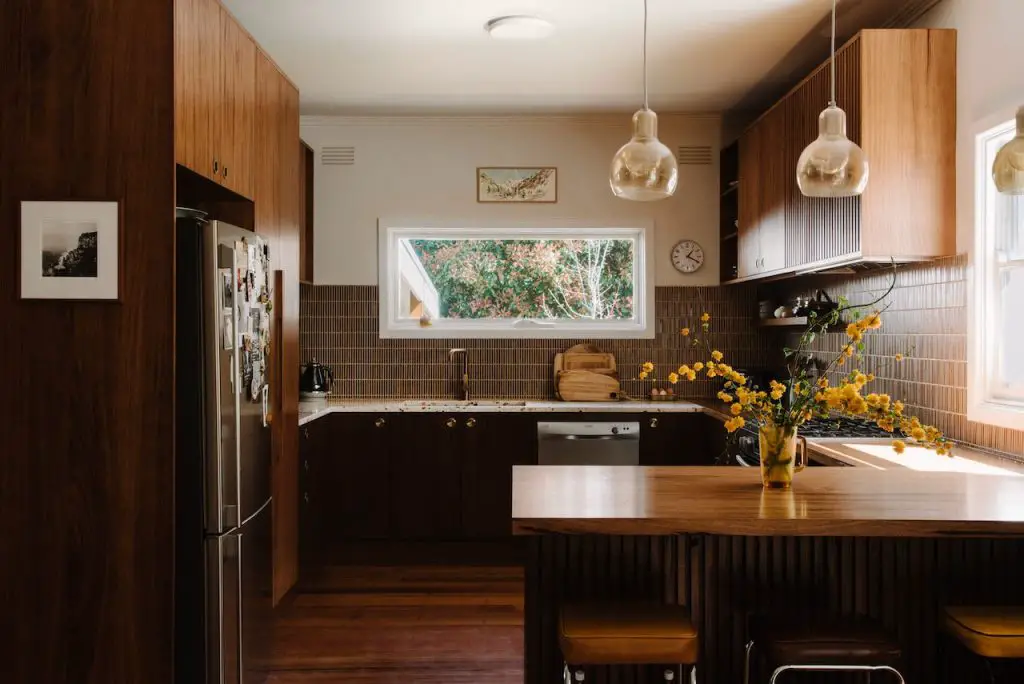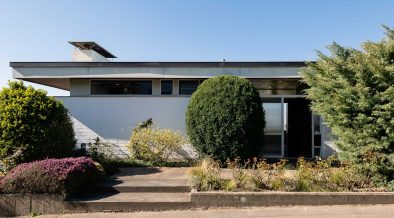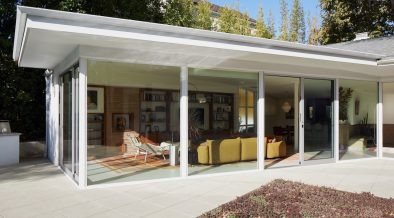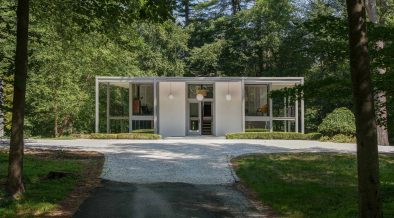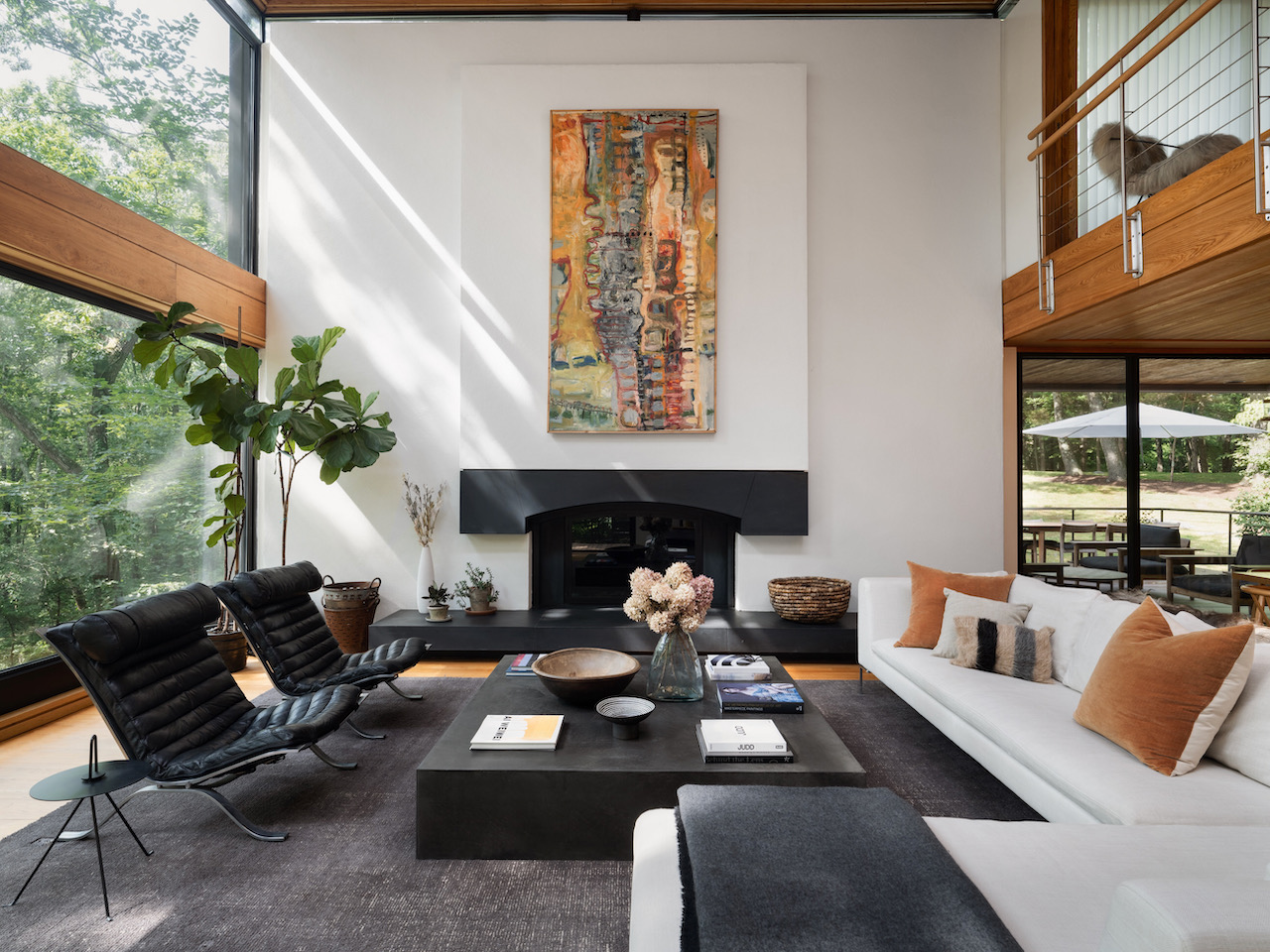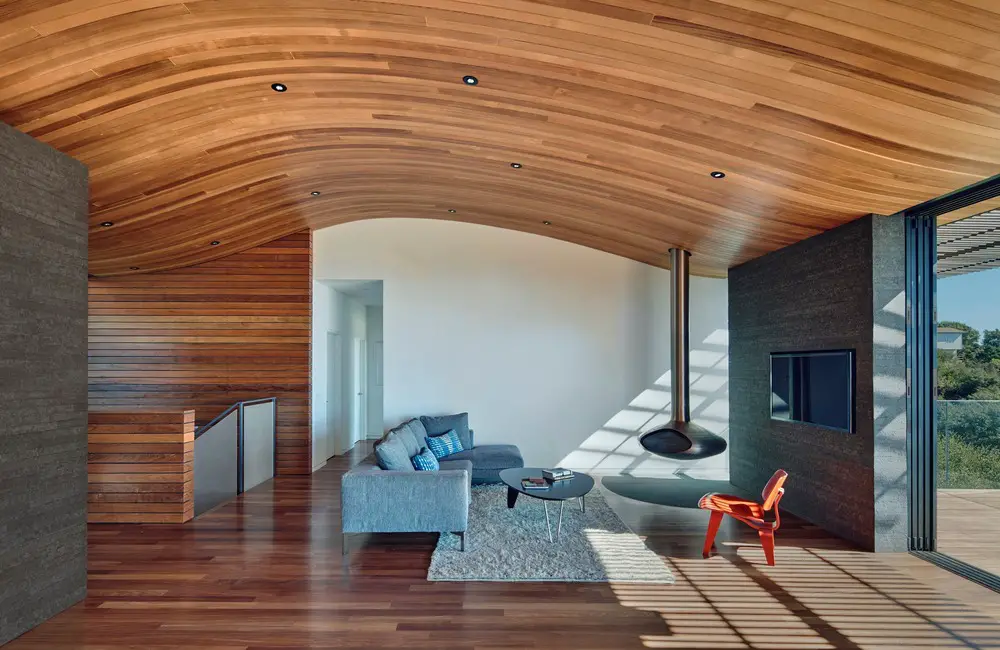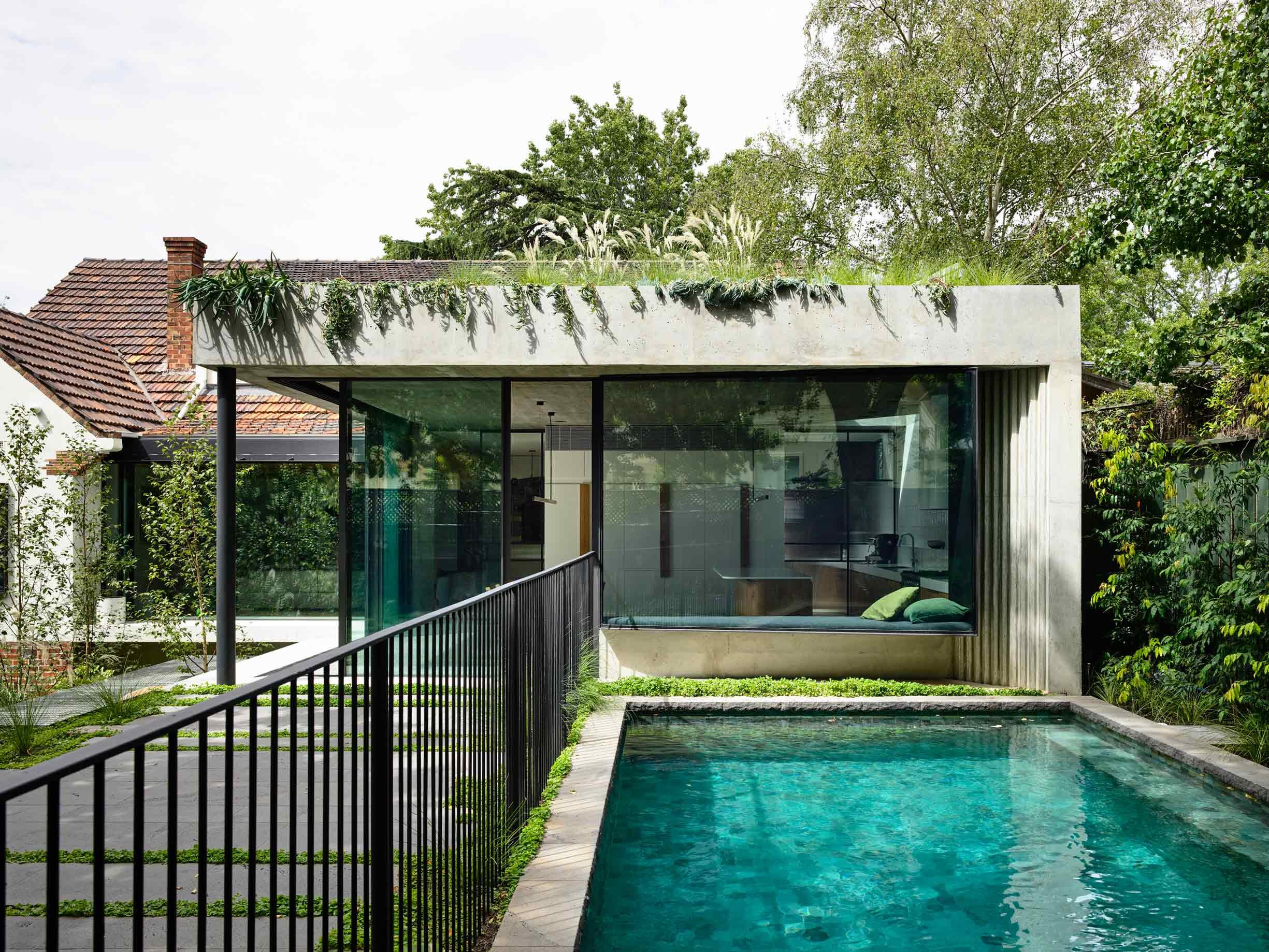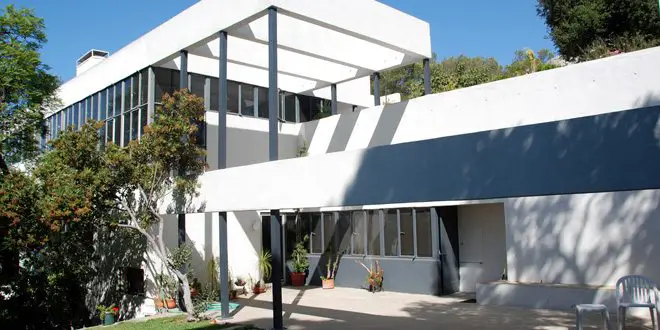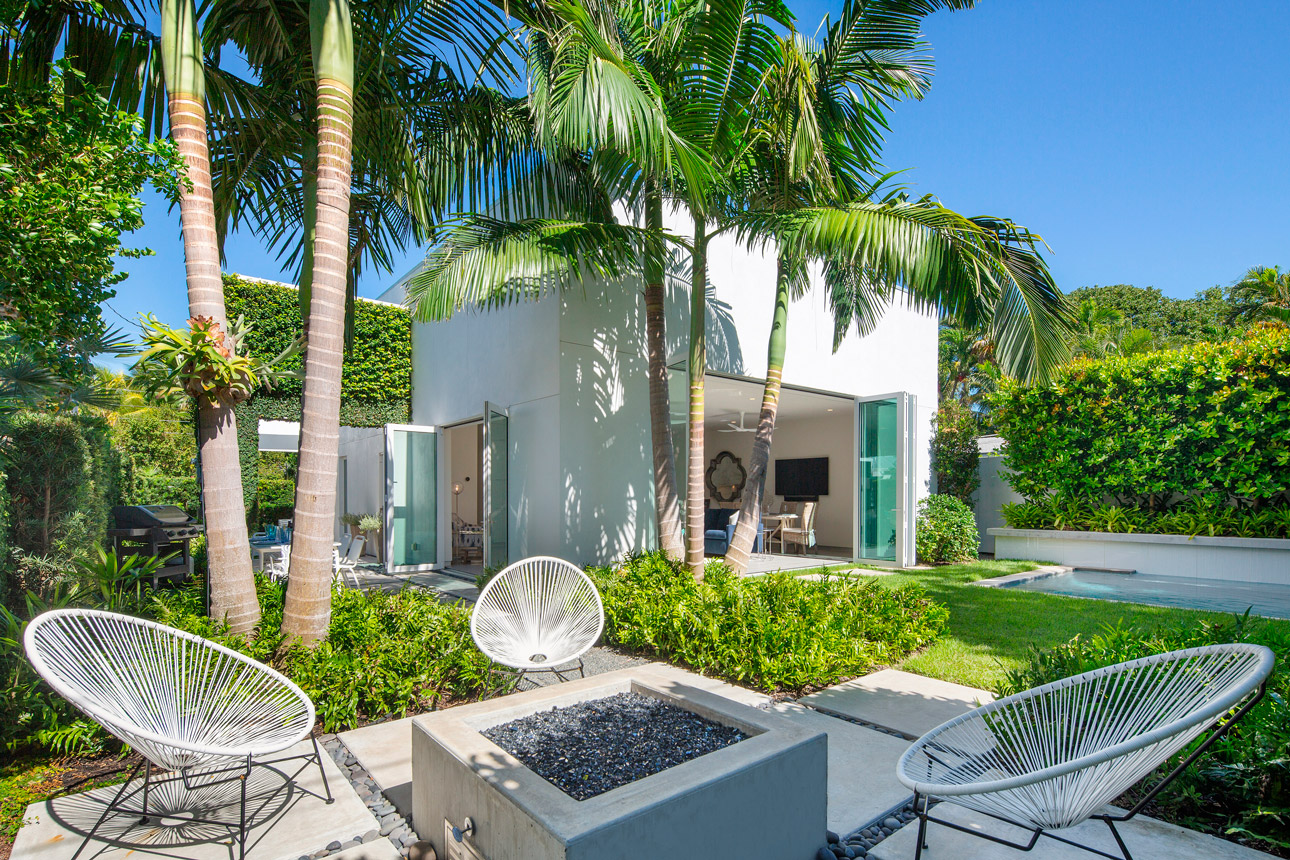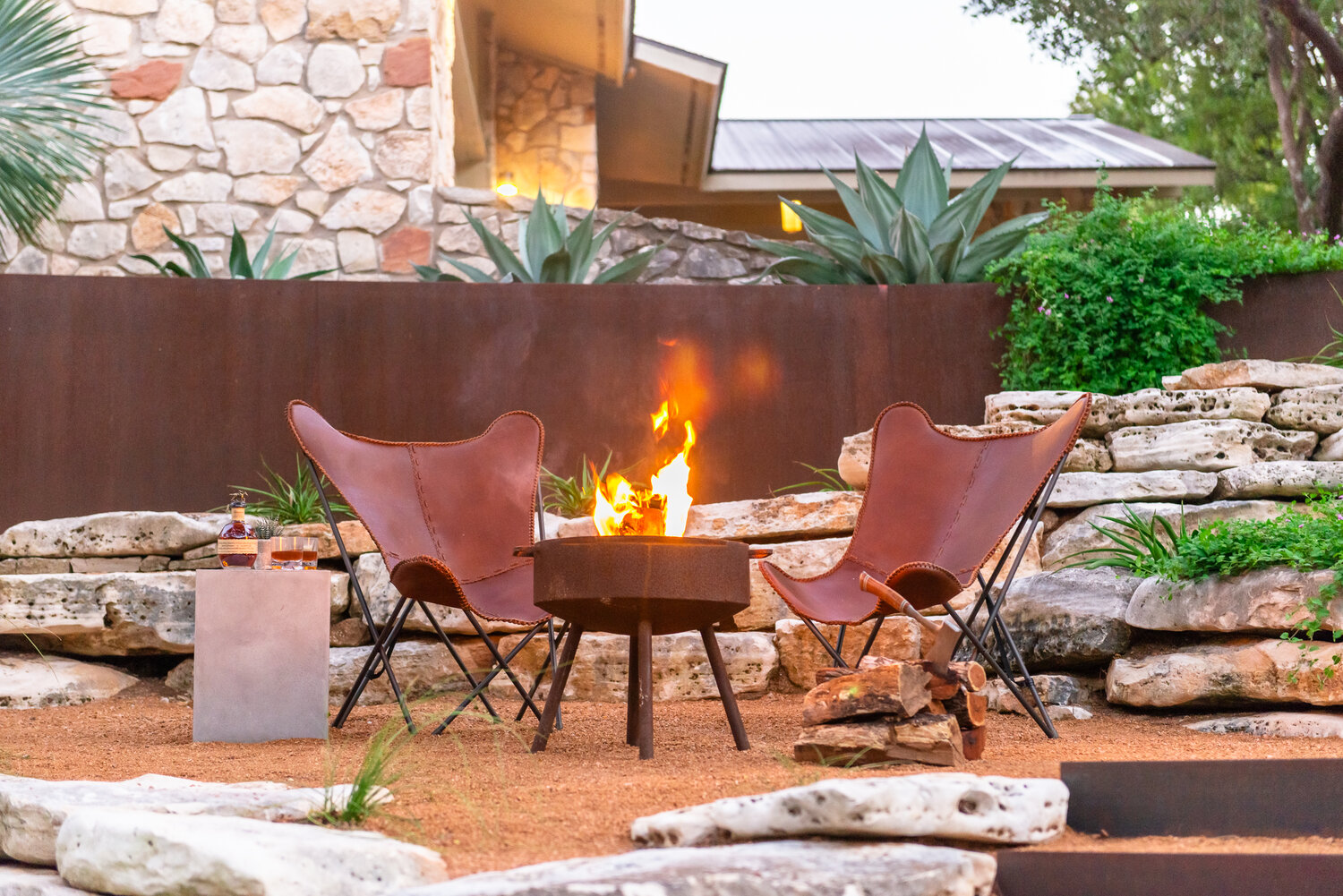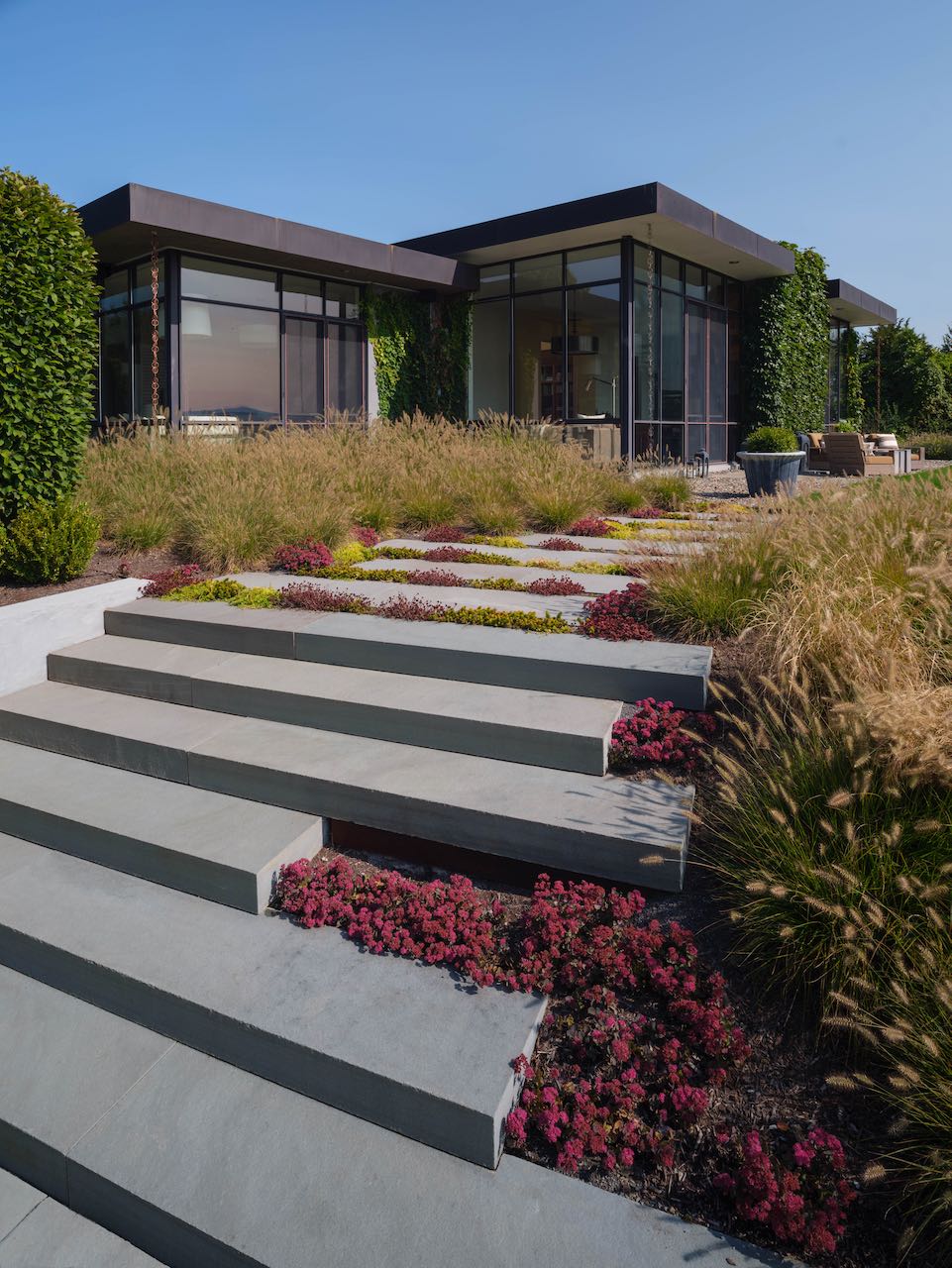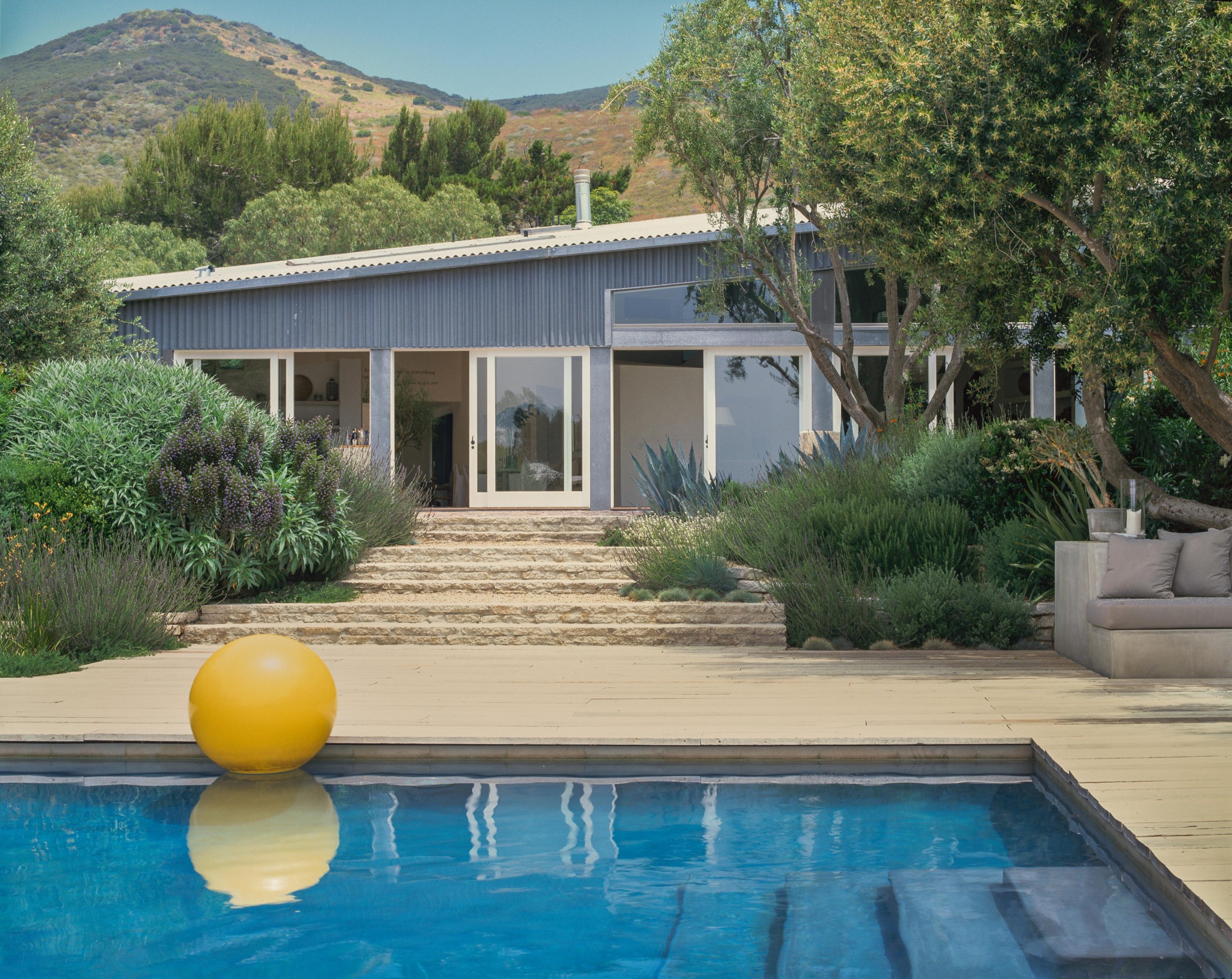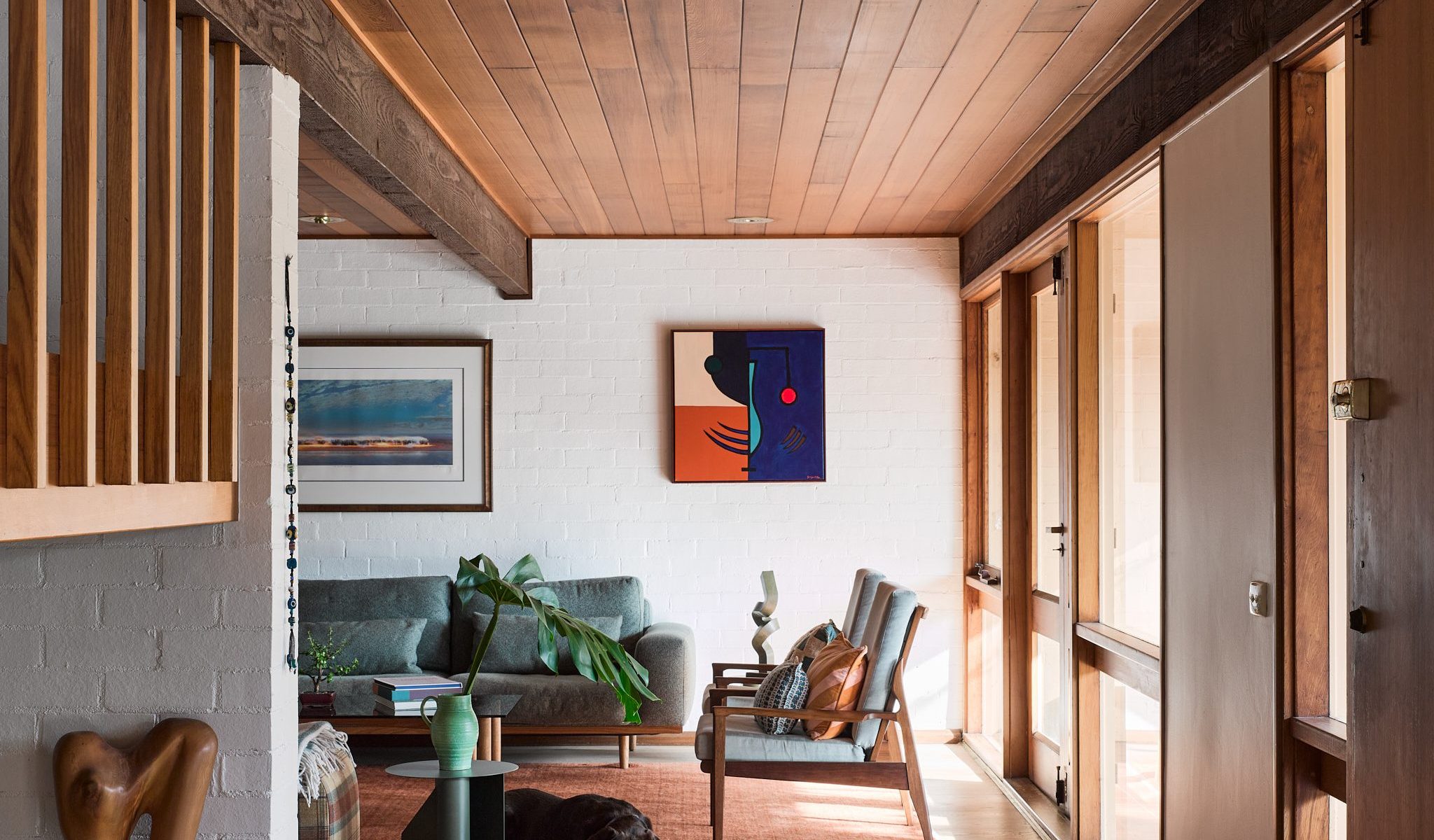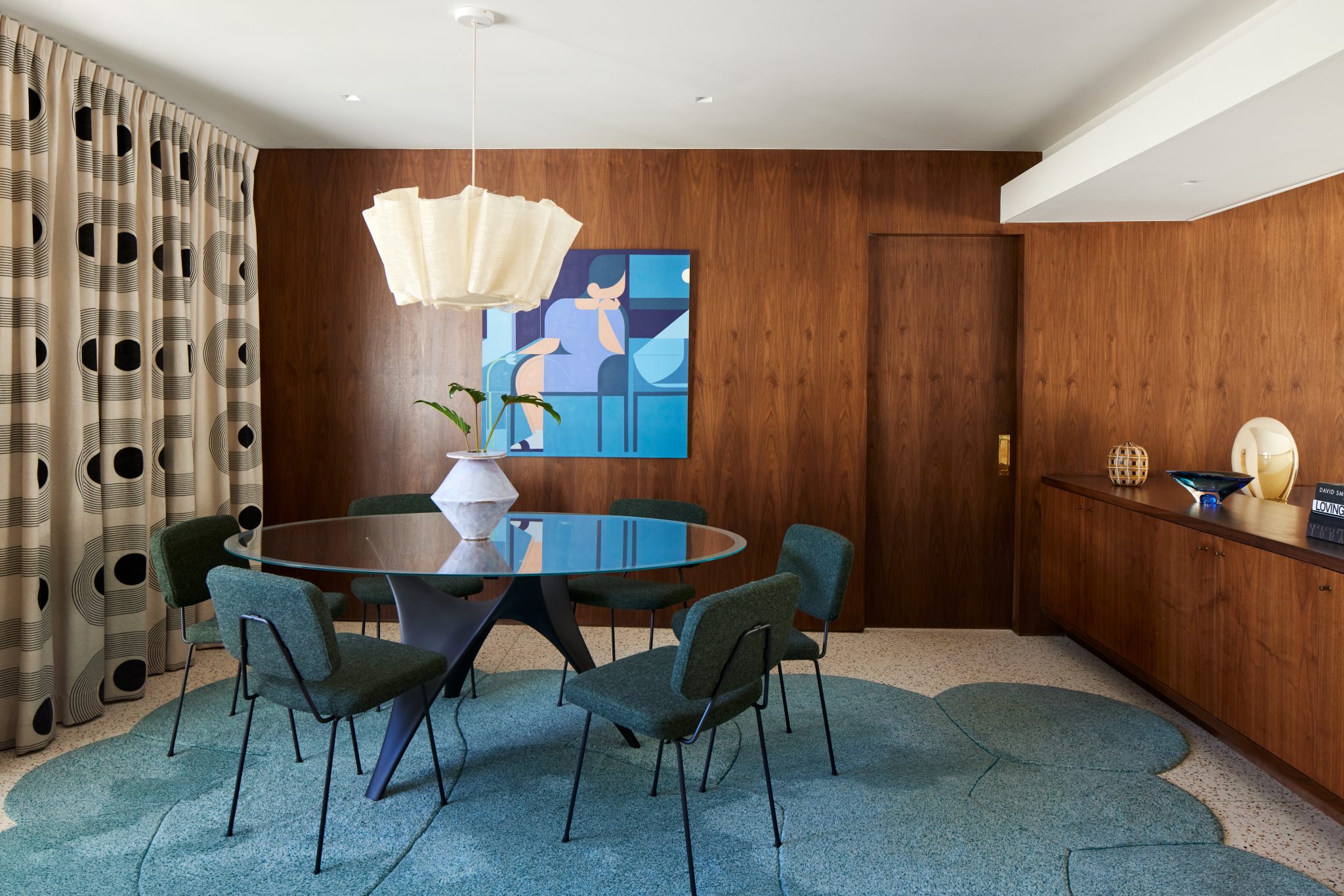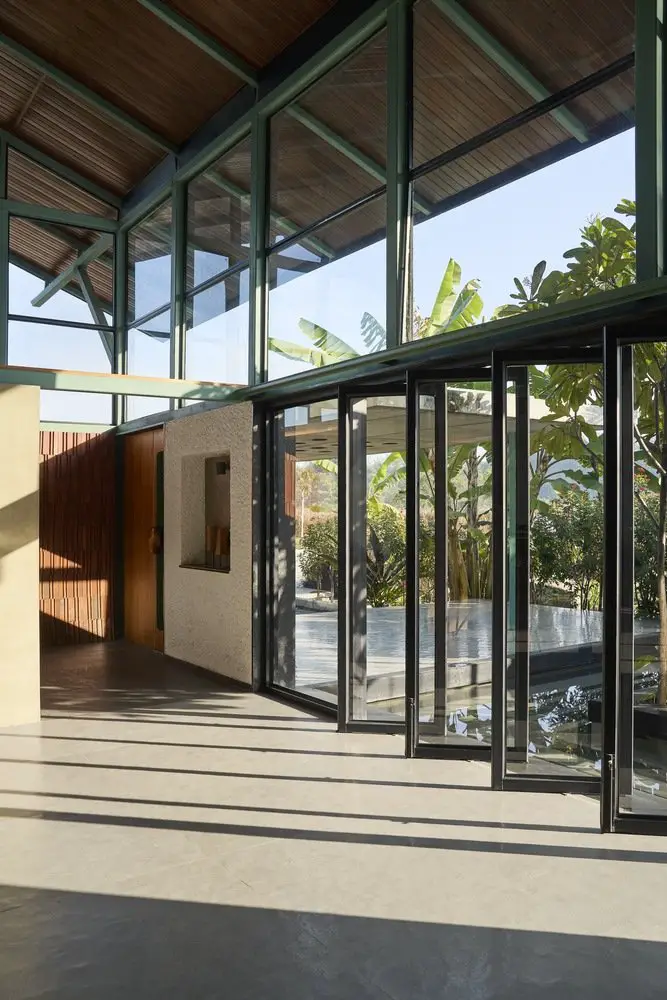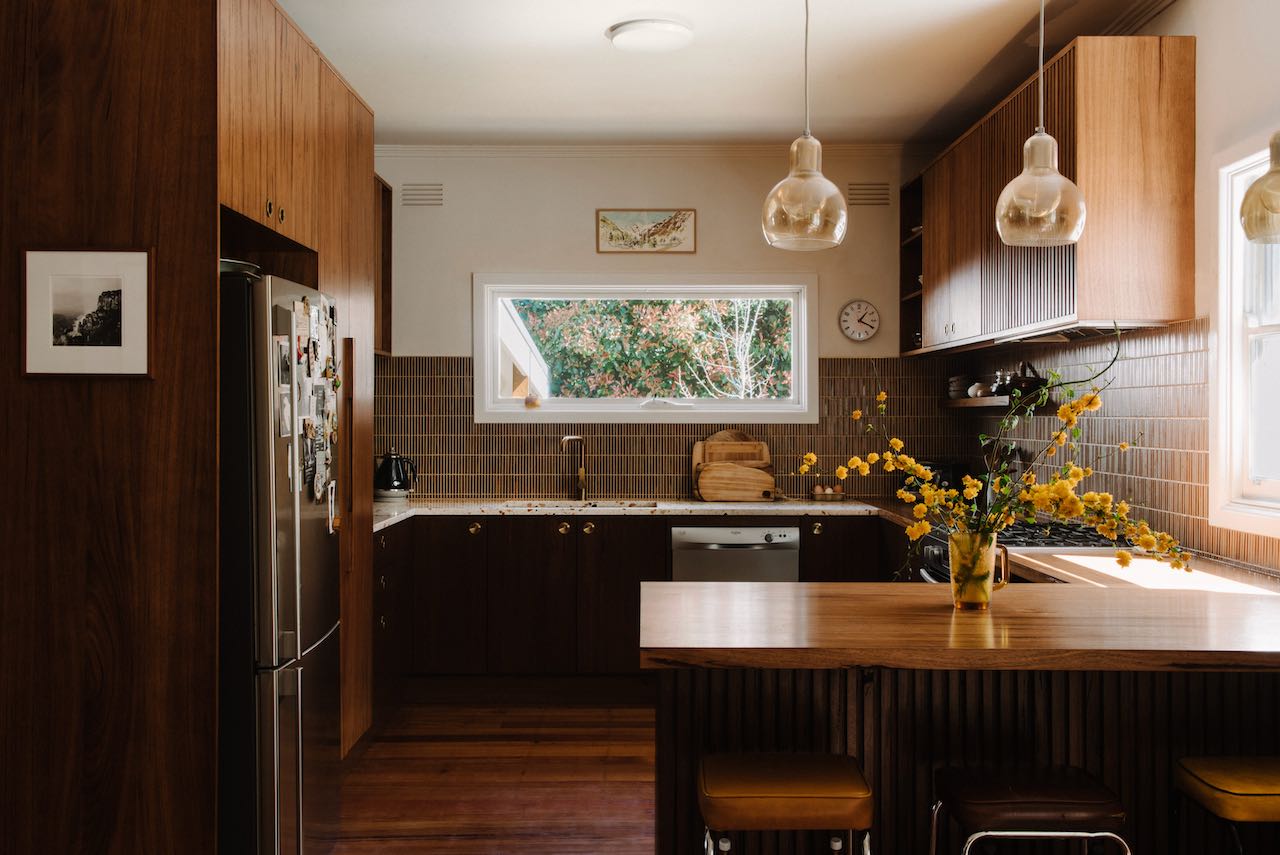
The kitchen has always been one of the most defining rooms of the mid-century home. It was practical, cheerful, and built with the same confidence that shaped the architecture of the era. Flat cabinet doors in walnut or teak, laminate counters in bright tones, tiled splashbacks in mint or mustard—all of it came together in spaces that were efficient but far from plain. The beauty of those kitchens was how straightforward they were, how naturally they balanced personality and function.
That balance is what makes them such a rich source of inspiration today. Designers aren’t interested in reproducing every pastel or chrome detail; instead, they’re translating the spirit of the mid-century modern kitchen into materials and layouts that suit contemporary living.
Quartz and terrazzo-look porcelain take the place of linoleum and Formica, engineered veneers step in for natural timber, and muted greens or sandy neutrals echo the colours of the past without looking like a set piece.
What also carries through is the sense of calm order. Where the mid-century palette once relied on glossy laminates and bolder hues, today’s kitchens lean toward matte finishes and quieter tones. Open shelving mixes with flat-front cabinetry, tiles are stacked neatly in simple patterns, and lighting layers globe pendants with discreet LEDs. The result feels recognisable without being nostalgic—a room that borrows the best details of the past but speaks clearly in the present.
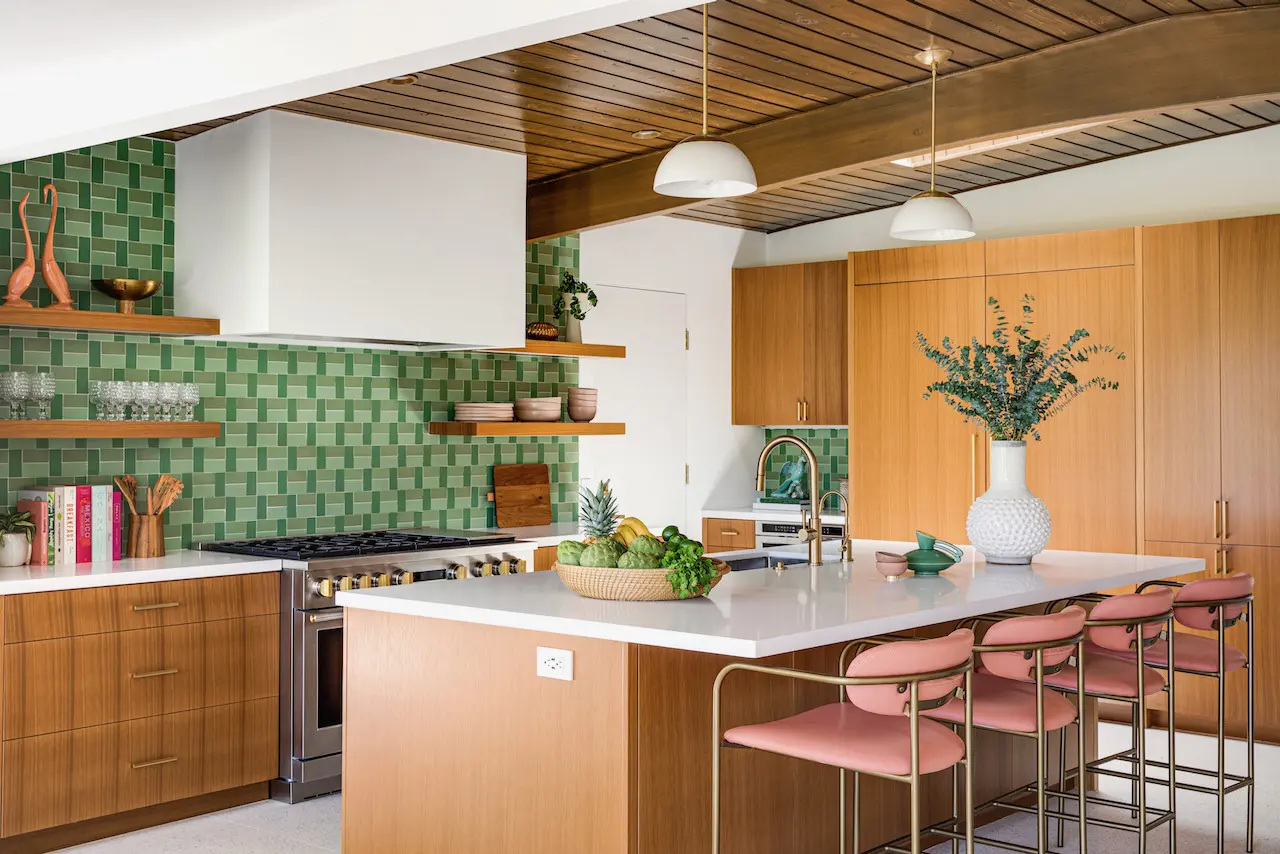
Even the way appliances are handled reflects this shift. In the fifties, ovens and fridges often stood proudly on display, with chrome details as much about style as utility. Now, those same functions often disappear into panelled doors and flush surfaces, keeping the room seamless. It’s a different expression of the same idea: letting the design of the whole take priority over individual pieces.
Flooring plays into that rhythm as well. Terrazzo, once poured in place, now returns as porcelain tiles or engineered composites. Wood planks stretch long and low, creating continuity that feels both retro and modern.
The thread that ties it all together is the same one mid-century architects valued: clarity. A kitchen should work hard, but it should also feel easy. When updated materials, smarter layouts, and softer finishes come together with that in mind, the mid-century modern kitchen becomes more than a nostalgic reference. It becomes a space that feels at once familiar and new—warm, practical, and designed to carry forward the optimism that defined its origins.
